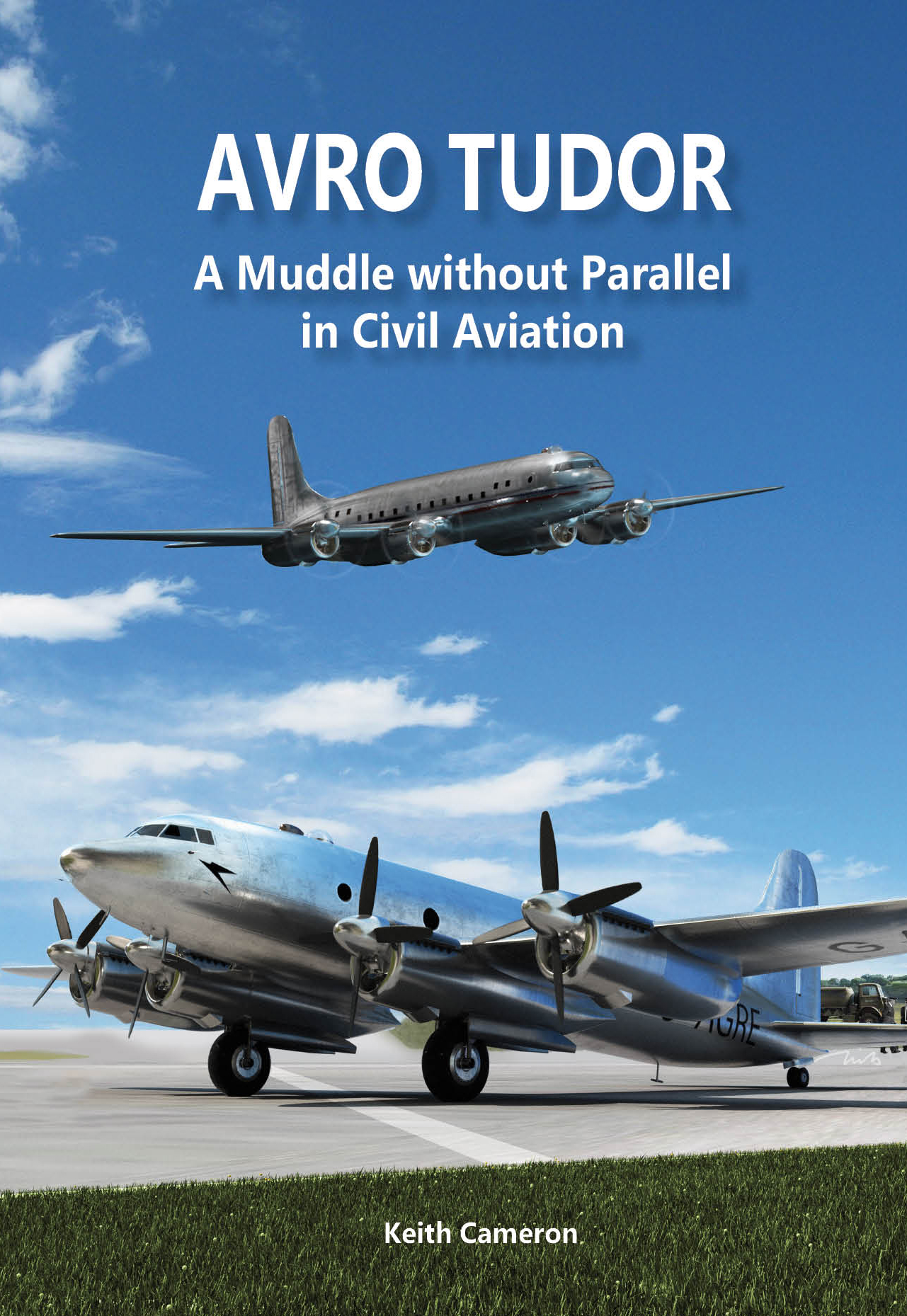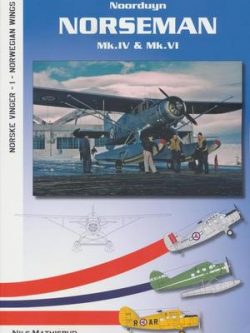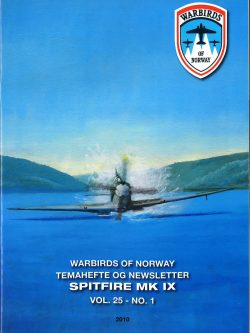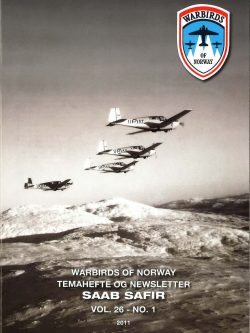The author Keith Cameron has compelled the definitive history of the Avro Tudor. The Tudor was a story of compromises. The initial plan to use available World War Two parts combined with elements of a trusted design – the Lancaster –
should have resulted in an untroubled production run for the Tudor. It was supposed to be a speedy and relatively cheap process, but aerodynamic problems and lack of performance ambition produced an uninspiring aircraft which was
further compromised by poor comparisons with international competitors.
The technical problems were significant: longitudinal instability and buffeting plus a pronounced landing bounce and a stalling speed which was too high. These difficulties were compounded by failure to meet delivery timescales. Solving the performance problems was long winded and undermined the Tudor’s commercial opportunities. Rows between the Government, British Overseas Airways Corporation and British South American Airways added to the list of difficulties.
The Tudor was, however, one of the best performing aircraft on the Berlin Airlift. Pathfinder Don Bennett at BSAA was a determined supporter even after two Tudors were lost in Bermuda Triangle territory resulting in the Tudor fleet being grounded twice. In the 1950’s, Freddie Laker recognised their potential as freighters and, after a well-judged conversion, used several on Government contracts carrying equipment to the nuclear testing sites in Australia and so earning millions of pounds for Air Charter.
As originally envisaged by the Brabazon Committee, Tudors were never meant to be a long-term prospect for the international airlines and after limited use their short lives were over by the end of 1959. The book has been illustrated with photographs, many of which never published before.






